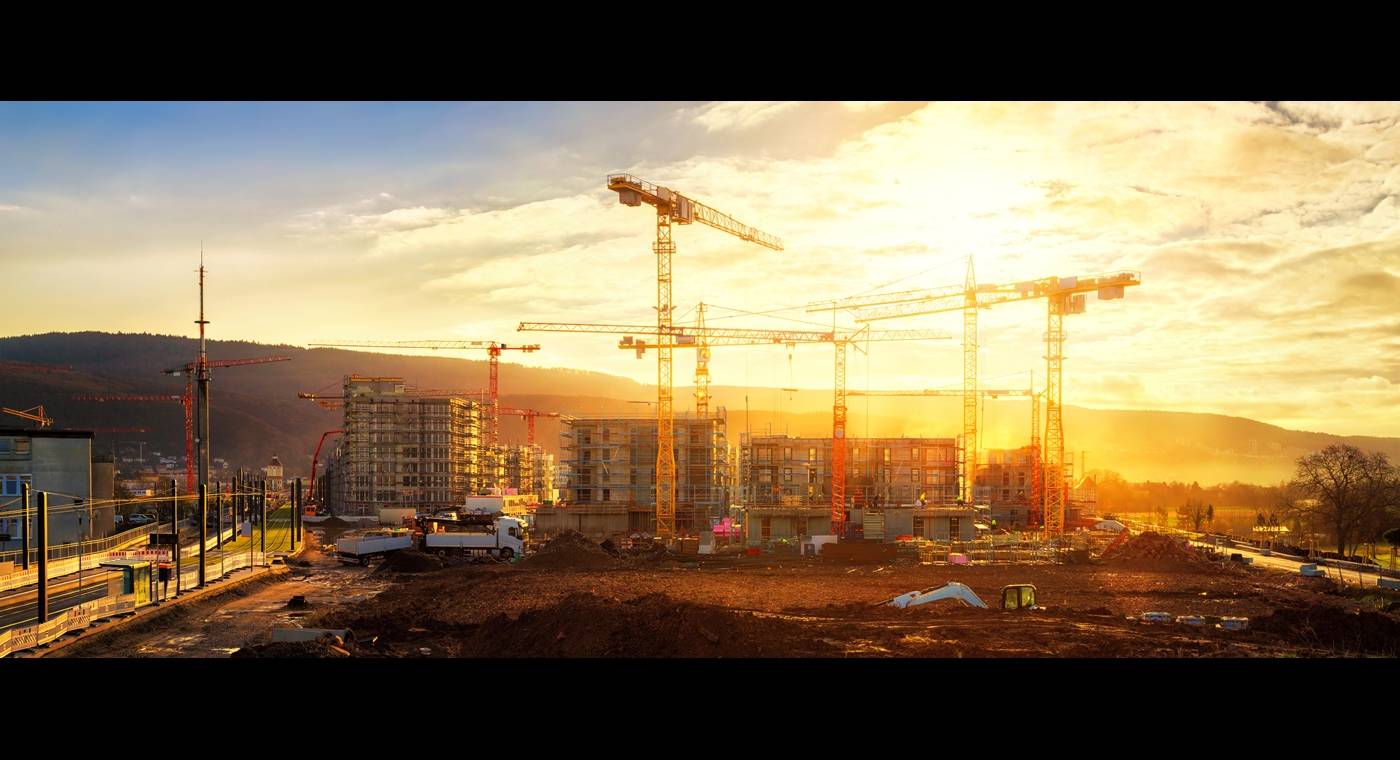Although first conceptualized in the 1970s, creating building models was not commonplace, due to the expense and limited commercial availability of the necessary software, until the 1990s. As technology advanced and became more accessible, so did the process of creating and analyzing 3D digital models.
As a result, Building Information Modeling (BIM) has become a prominent and essential tool for the Architecture, Engineering, and Construction (AEC) industries. BIM is changing how teams share information, the processes used, and the management of workflows.
What is BIM (Building Information Modeling)?
BIM is a process of visualizing a digital representation of a physical asset via the 3D model. This allows for the tracking and monitoring of an asset throughout its existence, from initial design to construction, operations, and maintenance.
Project teams can collaborate, share information, and monitor project costs using BIM. Digital tools make project management easier and more streamlined, avoiding the silos often formed when using traditional CAD approaches.
Construction management is complex and requires open communication between design and construction teams. When delays, miscommunication, and errors occur, it can have a significant impact on overall project costs. With BIM, project managers gain an immediate overview of an AEC project and any BIM object it contains.

Creating a Common Data Environment (CDE)
After the collection of data, BIM projects need a Common Data Environment (CDE) to allow everyone working on a project to access data in one place. This is the key to collaboration and communication. Software like Autodesk Revit, Navisworks, and PointFuse are ideal for this purpose.
How is BIM used in the construction industry?
BIM is utilized extensively in the construction industry as a collaborative digital tool for planning, designing, constructing, and managing building projects. Valuable information about various elements of a construction project is enabled through BIM and might include geometry, spatial relationships, material quantities, or schedules. Stakeholders such as architects, engineers, contractors, and owners use BIM to work together more efficiently, saving time, reducing errors, and optimizing project outputs.
Here are some of the reasons BIM is vital for the construction industry today.
Communication
Efficiency
Risk Management
Cost
Opportunity
Results
Ongoing Facilities Management
Communicating with stakeholders is simpler and can help speed up decision-making about the project.
First and foremost, the BIM process helps all parties involved in a construction project to communicate easily. Everything is available in one place, and using cloud-based software means it's accessible from anywhere. The design and construction intent are made clear which allows different teams to work in unison.
With the improved workflow that BIM processes deliver, large-scale projects are more efficient. It's often possible to reduce the life cycle of a project because many aspects are faster and simpler.
Analyzing a BIM ecosystem for hazards and risks before they become problematic helps to make construction sites safer.
BIM allows thorough cost analysis across a project. Reliable estimates for materials, shipping, and labor are made well before the construction stage begins. This helps project managers and teams reduce costs, by sourcing materials at their best possible price, selecting a more cost-effective material, or reducing any unnecessary labor.
As BIM is helpful for predicting project outcomes, it can open a variety of opportunities. It's possible to view a 3D model using virtual reality which allows stakeholders, and other professionals to see the built environment before it exists. This provides more scope for innovation before investing in construction.
Improvements to communications, cost, risk management, and maximizing opportunities all contribute to better overall results. These modern methods of managing the processes involved often lead to better project outcomes. Whether that's avoiding risks or delays, cost saving, or producing an overall better build.
The complete, detailed models created using BIM, provide significant information about a built asset. These are useful long after a build is complete. They help to manage buildings, making them much easier to renovate in the future.
How is BIM changing the construction industry?
This digital transformation is providing value across the industry. It allows different teams to work together, no matter where they are. It's helping large-scale projects avoid delays and run more smoothly. There is an improvement in client and stakeholder relationships, plus cost and time estimates are much more reliable.
In the coming years, BIM adoption rates are likely to increase. Pressure on the industry is intensifying as the population grows, and BIM processes help meet these demands. With increased usage and investment what can be achieved is certain to advance, and the industry will transform as a result.
Learn more about FARO's mobile mapping solutions here